
Swiggy To Acquire Dineout In A $200 Mn Deal; To Take On Zomato’s Dine-In Biz
Swiggy, the food delivery company, is close to acquiring Times Internet’s online restaurant table booking service platform Dineout. This deal is expected to be worth between $150 million and $200 million.
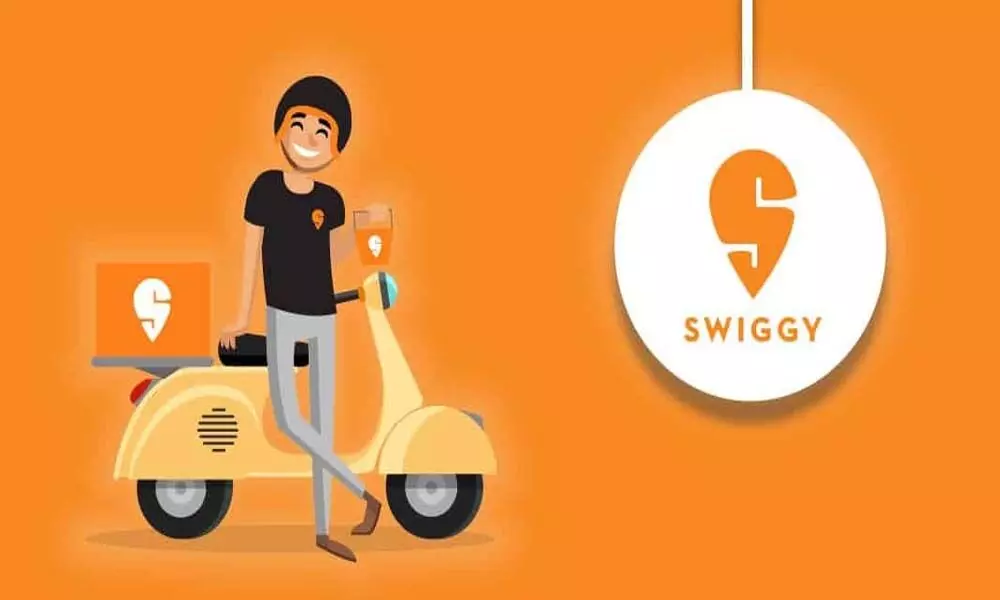
About Swiggy
Swiggy is an online food ordering and delivery service in India. Swiggy is a Bangalore-based food delivery service that was started in July 2014. It runs in 500 Indian cities as of September 2021. It also offers Instamart, an on-demand grocery delivery service, and Swiggy Genie, an instant gift delivery service, in addition to food delivery. Bundl Technologies Private Limited is the company that runs Swiggy.
Sriharsha Majety and Nandan Reddy, the two founders, created Bundl, an e-commerce website, in 2013 to help with courier service and shipping within India. Bundl was put on hold and rebranded to enter the meal delivery business. The meal delivery industry was in disarray at the time, with noteworthy companies like Foodpanda (later bought by Ola Cabs), TinyOwl (later acquired by Zomato), and Ola Cafe (later shuttered) struggling. Swiggy and its parent holding firm Bundl Technologies were created in 2013 by Majety and Reddy, who had previously worked for Myntra.
The company grew quickly after establishing a dedicated delivery network, focusing on logistics, and securing crucial resources. Swiggy Stores, which sources things from local stores, was launched in early 2019 as a general product delivery service. The business started Instamart, an immediate grocery delivery service, in August 2020, employing a network of dark storefronts. Swiggy discontinued its Swiggy Stores in early 2021 and extended its activities under the Instamart banner.
Swiggy Go, an instant pickup/dropoff service, was launched in September 2019. The service is used for various things, including washing and document or parcel deliveries to both commercial and retail clients. Swiggy Go was renamed Swiggy Genie in April 2020.
During the COVID-19 pandemic in May 2020, Swiggy laid off 1100 employees. In 2021, the corporation declared that it would pay for its delivery partners’ vaccinations. Swiggy opened a Health Hub in Chennai, Tamil Nadu, in March 2021.
The company began drawing outside funding in 2015. The first was a $2 million investment from Accel and SAIF Partners, followed by a $2 million investment from Norwest Venture Partners. Swiggy raised $15 million the following year from new and current investors such as Bessemer Venture Partners and Harmony Partners.
Swiggy received an $80 million investment round from Naspers in 2017. Swiggy earned $100 million in 2018 from China’s Meituan-Dianping and Naspers, and a series of investments helped the company reach a valuation of over $1 billion. Swiggy bought Bangalore-based AI firm Kint.io in February 2019.
Swiggy acquired $43 million in investment in April 2020, valuing the firm at $3.6 billion. 48East, a Bangalore-based Asian cuisine startup, was bought by Swiggy in 2017. Swiggy then purchased and shut down Mumbai-based Scootsy Logistics, a struggling food and clothes delivery firm. In September 2018, it paid all cash for the Mumbai-based milk delivery company SuprDaily. Fingerlix, a Mumbai-based ready-to-eat food firm, received an Rs. 31 crore investment from the company in 2019.
Swiggy was valued at $4.9 billion after receiving $800 million in Series J fundraising from Falcon Edge Capital, Goldman Sachs, Think Capital, Amansa Capital, Carmignac, and current investors Prosus Ventures and Accel.
Swiggy received a $700 million investment from Invesco US, valuing the company at $10.9 billion.
Swiggy has teamed up with Burger King to offer delivery services. It has also teamed up with Google Local Guide to encourage user evaluations and Sodexo to allow customers to pay with meal cards. Swiggy has teamed up with Indifi Technologies to offer a lending option to its restaurant partners. Swiggy partnered with ICICI Bank to launch Swiggy Money, a digital wallet.
According to a recent release, Swiggy and drone manufacturer, ANRA Technologies have begun drone deliveries in India.

About Dineout
Ankit Mehrotra, Vivek Kapoor, Nikhil Bakshi, and Sahil Jain founded Dineout, a restaurant table booking platform. The firm was established in 2012 and is currently situated in New Delhi, India. In 2014, Times Internet Limited, a subsidiary of the Times of India Group, bought the company.
Dineout’s website, Android app, iOS app, and concierge desk allow consumers to book restaurant reservations online. In addition, the organization offers exclusive discounts and deals at over 40,000 eateries across the country.
In addition, the company offers a premium product called Dineout Plus, which is aimed mainly at the Premium Dining Section. Subscribers are entitled to exclusive discounts at more than 250 five-star establishments.
Dineout, in partnership with InResto and Torqus, is India’s largest dining out and restaurant digital solutions platform, processing more than 40 million customers and $800 million in transactions for its partner restaurants across its network of 45,000 eateries in 20 cities. Dineout is the simplest way to find the city’s best restaurants, save time and stress by booking a table in advance, get discounts, enjoy 1+1 specials on Food, Drink, and Buffets with Gourmet Passport, and earn cashback on every restaurant bill payment via Dineout Pay.
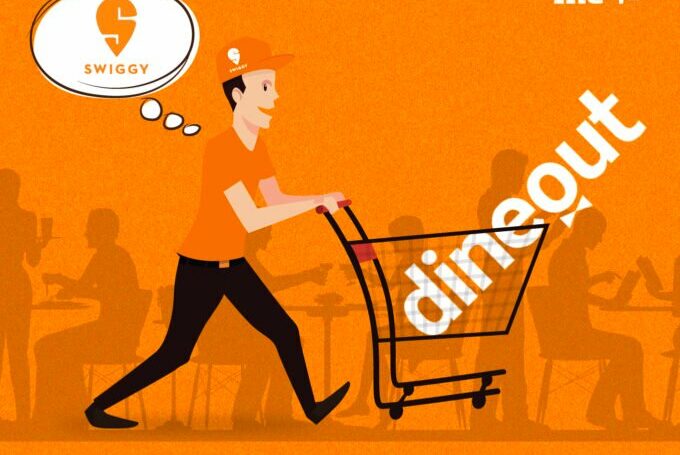
Swiggy To Acquire Dineout
Times Internet, Dineout’s largest shareholder, will quit the company due to this acquisition. Swiggy will absorb and retain the whole Dineout team (of more than 500 people) and its products Book A Table, Dineoutpay, Dineout Passport, SteppinOut from its B2C offerings and inResto, Torqus from its B2B offerings following the acquisition. Dineout’s Great Indian Restaurant Festival, a month-long event in which customers can save 50% at over 10,000 restaurants around the country, is also included in the package.
Swiggy’s acquisition of Dineout will directly compete with Zomato, which is publicly traded. Swiggy has yet to disrupt Zomato’s restaurant finding and table reservation tool, which was formerly the company’s core business, before branching out into food delivery. Swiggy, on the other hand, will tick all the boxes required to obtain a competitive advantage in this largely cash-driven duopoly market with this acquisition. According to a source, the purchase is expected to close by the end of March.
Swiggy’s B2C will be considerably stronger due to the acquisition of Dineout, according to a source familiar with the situation. Swiggy, which began as a food delivery service, has made significant investments in the quick commerce sector but has struggled to impact the dine-out market.
Swiggy will get its hands on over 20K Dineout Pay enabled restaurants as well as Dineout Passport, which allows members to earn discounts from partner restaurants while dining in, according to sources familiar with the development.
Zomato has collaborated with 25.4K restaurants in FY21, with 6k on Dining Out and 1.5 million Pro members, according to Zomato’s RHP. In FY21, Zomato PRO recorded sales revenue of INR 57.5 crore, down from INR 87.8 crore in FY20. Zomato further stated that as of March 31, 2021, it had 389,932 active restaurants listed for dining out. Zomato further noted that roughly 3.3 million dining reservations were made through Zomato in fiscal 2021, citing Redseer research.
Dineout, on the other hand, is expected to surpass INR 100 crore in sales in FY22. According to a source, the company’s entire revenue in Q3 FY22 was roughly INR 50 crore. Dineout currently seats around 5 million diners per month at partner restaurants.
Swiggy will be able to get its hands on SteppinOut, an event and experience curator, as well as features like restaurant discovery, bill payments, and table reservations, thanks to the acquisition of Dineout. Swiggy will be able to conduct various offline events, including food festivals, night markets, stand-up comedy shows, and movie evenings, among others.
People will be more than happy to get out and socialize in such events now that the height of the third wave has passed and several state governments have relaxed Covid restrictions.
Dineout purchased SteppinOut earlier this year to diversify its portfolio. Aside from that, DineOut’s Zomato Pro-like feature, Dineout Passport, will open up a new revenue stream, supporting Swiggy’s much-anticipated IPO prospects.
Dineout, founded in 2012 by Ankit Mehrotra, Vivek Kapoor, Nikhil Bakshi, and Sahil Jain, connects customers to restaurant discounts and promotions while also providing a cashless payment option. Times Internet bought Dineout in 2014 and has invested almost $50 million in the company since then, including the acquisition price. Times Internet will be looking at nearly 2X returns due to this.
The news comes only days after Swiggy, a Bengaluru-based startup, joined the decacorn club with a $700 million investment. Invesco led the round, including new investors such as Baron Capital Group, Sumeru Venture, IIFL AMC Late Stage Tech Fund, Kotak, and Axis Growth Avenues AIF- I.
Six months prior, it had funded $1.25 billion in a round led by SoftBank Vision Fund 2 and Prosus, with Qatar Investment Authority, Falcon Edge Capital, Amansa Capital, Goldman Sachs, Think Investments, and Carmignac participating.
Swiggy managed to lower its consolidated loss after tax to INR 1,616.9 Cr in the financial year ended March 31, 2021, a 58.7% decrease from INR 3,920.4 Cr in FY20. Zomato, on the other hand, In FY21, the company reported a consolidated loss after tax of INR 816.4 crore, down 65.7 per cent from INR 2,385.6 crore in FY20.
Swiggy’s operating revenue fell to INR 2,546.9 crore in FY21 from INR 3,468.1 crore in FY20. Zomato’s sales revenue fell by 23.4 per cent in FY20, from INR 2,604.7 crore to INR 1,993.7 crore.
Swiggy’s expenses decreased from INR 7,595 Cr in FY20 to INR 4,139.4 Cr in FY21, whereas Zomato’s expenses decreased from INR 5,006.3 Cr in FY20 to INR 2,608.7 Cr in FY21.
Zomato narrowed its deficit by 81 per cent in the third quarter of FY22. Between October and December of 2021, the Deepinder Goyal-led startup lost INR 67.2 crore after taxes. This is a considerable decrease from the loss of INR 352.6 Cr in the third quarter of FY21 and 84.5 per cent less than the loss in the second quarter. Revenue from operations increased by 82.5 per cent to INR 1,112 crore in Q3FY21, up from INR 609.4 crore in Q3FY21.
Swiggy has been putting more emphasis on its rapid commerce business. Last year, it announced intentions to invest $700 million in Instamart, its fast commerce firm. Instamart is currently in a battle with Blinkit, supported by Zomato (formerly Grofers).
Zomato stated in its Q3 FY22 filing that it would invest $400 million in rapid commerce, implying that the food tech behemoth will be on the lookout for more quick commerce startups. It had previously put $225 million into Blinkit.
Dunzo, Zepto, Ola Dash, and BigBasket are the other players in the rapid commerce space.
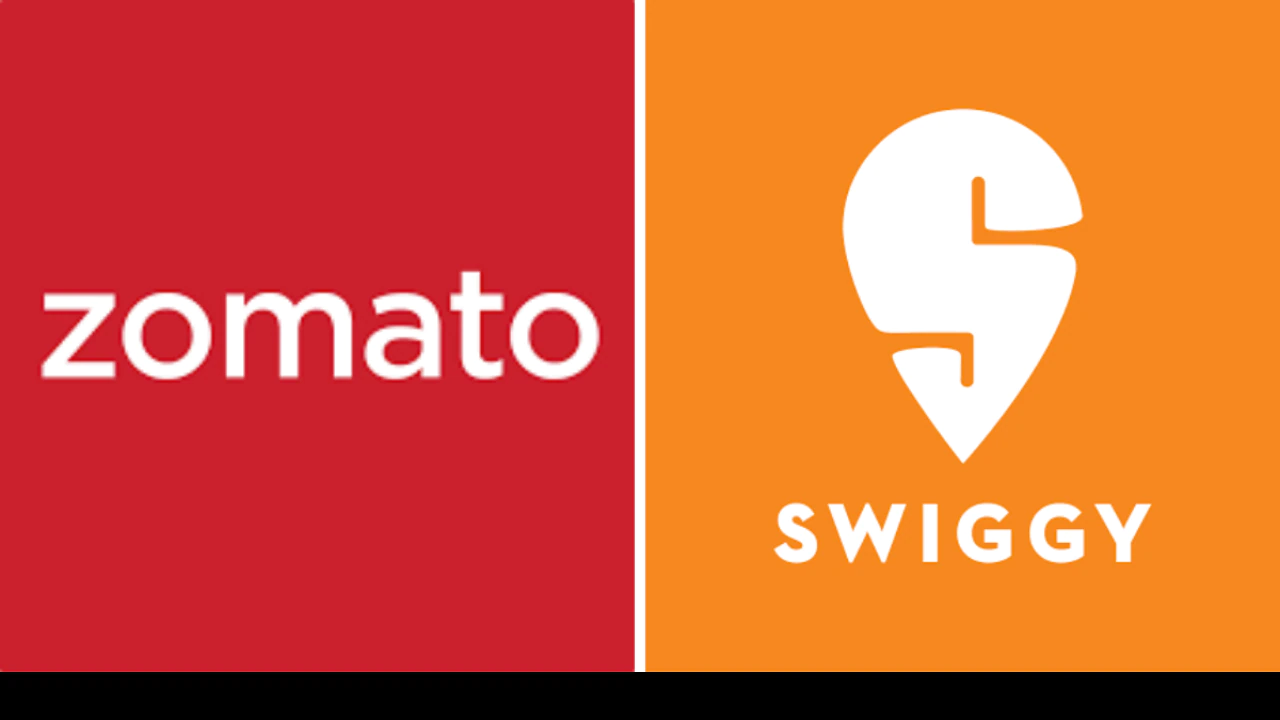
Zomato vs Swiggy – Who Leads the Food Delivery Race in India?
Overview of the Indian Online Food Delivery Industry
The global online meal delivery market, expected to reach USD 113 billion by 2020, is one of the few industries with a double-digit compound annual growth rate (CAGR). In India alone, the internet meal delivery market is expected to be worth $US 4.66 billion by 2020, making it one of the fastest-growing sectors and drawing significant investment. The market size was roughly $US 2.9 billion compared to the previous year. The market is expected to be valued at USD 21.41 billion by 2026, with a remarkable CAGR of 28.95 per cent between 2020 and 2026.
So, what is the basis for this quick expansion? The changing lifestyle and eating habits of India’s local populace are undoubtedly one factor driving the country’s online food delivery market’s rapid rise. People in India are increasingly turning to ready-to-eat food because of their hectic schedules and rising disposable income. Thanks to the one-click, on-demand capability, food delivery services have become more popular among busy city dwellers. In India, internet meal delivery trends have been fueled by rising digitization among millennials, an increasing proportion of working women, and the presence of double-income families that love eating out.
Finally, the Covid-19 lockdowns have had an undeniable influence on the business. Interestingly, while the impact was initially negative, we noticed some interesting tendencies after the lockdown, such as orders surpassing pre-covid volumes from the previous year and a preference for online payment options over cash.
In the Indian food delivery market, who makes the most money?
Let’s start with a look at who is now leading sales in India. Zomato has consistently dominated the market in terms of revenue since January 2019. Zomato had a far larger lead over Swiggy, as shown below, and was able to maintain its sales momentum until the beginning of April 2020. When Covid struck, the nationwide lockdowns started.
Swiggy sales did not catch up to Zomato’s until the end of May 2021, bringing the two companies closer.
We discovered that Swiggy consumers would spend more per transaction than Zomato users on average monthly spending. Swiggy’s typical spend before Covid was around 220-250 Rupees (US$ 3-5). During the second stage of the lockdown (around late April/May), spending appears to have increased by 30%, with typical transaction values averaging around 300-350 Rupees (US$ 4-5).
The first decline in spending can be attributed to most eateries closing during the first shutdown in late March 2020. Consumers had been hesitant to purchase food online due to concerns about safety and a general preference for home-cooked meals. Things have picked up again after a month or two of lockdowns, and recovery has been quick. We believe this is due to a combination of long-term ennui with dining at home and a desire to eat outside again, as well as the reopening of restaurants that offer food delivery.
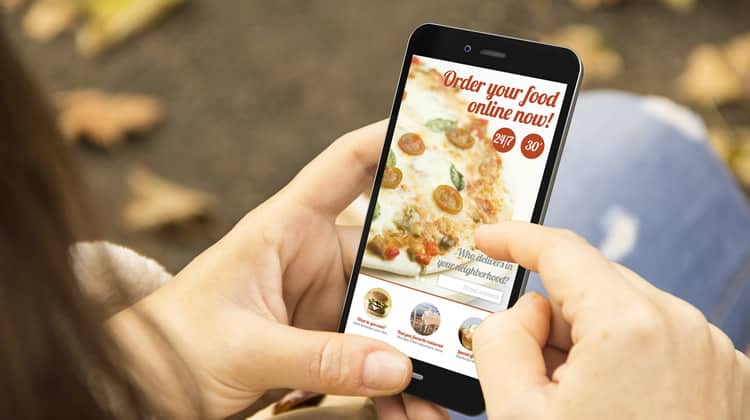
In the Indian food delivery market, how are users distributed?
As the frequency of dining out has decreased, it appears that the epidemic has aided both companies in improving their user economics and attracting new customers.
Before Covid, Zomato was always in the lead. According to our research, the pandemic had the greatest impact on Zomato’s user base. This can be due to the nationwide lockdown, which saw more than 95% of establishments close their doors.
Also, in January 2020, Zomato purchased UberEats, and there may have been some transfer difficulties (some users may have switched to Swiggy). When the lockdown ended in May 2021, the number of online delivery users increased dramatically as eateries reopened and the number of people dining out decreased. Instead, the desire to eat outside was satisfied by ordering food delivery via the internet.
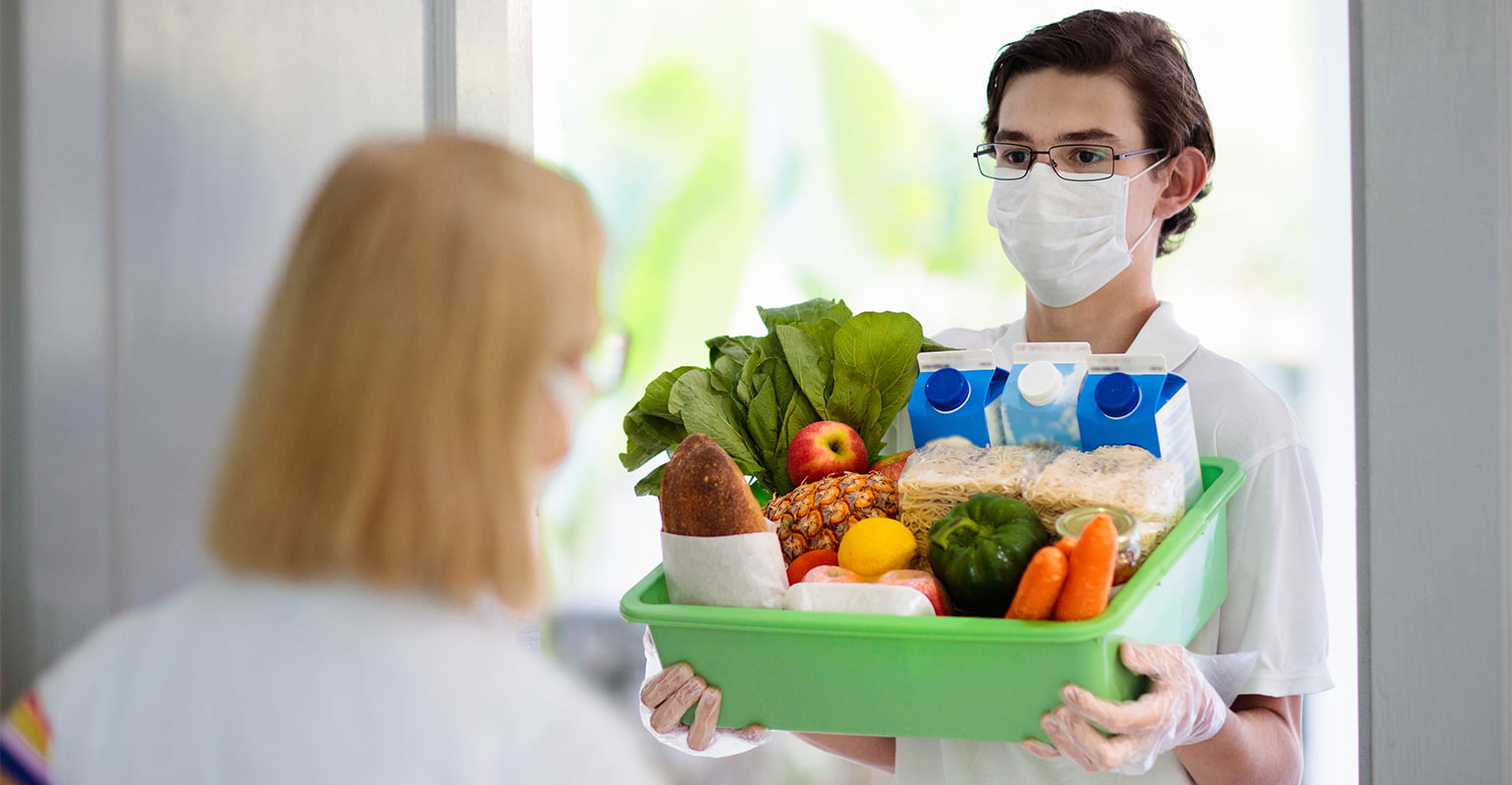
The Impact of Covid on Transaction Volumes
Covid’s impact has harmed delivery numbers for most online platforms. According to a customer survey, Zomato has always been the leader in order volume, but their order volume dropped by 70% during the statewide lockdown. Given that the lockdown (which began on March 24, 2020) resulted in more than 95 per cent of businesses listed on delivery platforms locking their doors for meal delivery, this is hardly surprising.
Migrant labour migration from the big cities to their hometowns occurred due to the lockdown. Don’t forget that in India, migrant proprietors make up the majority of the delivery fleet for online food delivery services. As a result, when the lockdown was removed, the delivery operators were forced to deal with a supply shortage and needed time to get things back up and to run.
Finally, unlike the United States and Europe, where the only option for dining out is delivery, the choice is either delivery or cooking at home in India. In the early days of the epidemic, cooking at home was especially popular when a delivery guy from one of the big delivery companies tested positive for covid. As a result, consumer confidence in the safety of food delivery services has eroded, prompting a move toward home cooking.
Food delivery volumes did not rebound to 60-80 per cent of pre-covid levels until September 2020. Volumes have increased due to delivery companies implementing strict safety procedures to regain client trust. Furthermore, to supplement their bottom line due to a shrinking customer base, delivery companies have attempted to expand into adjacent areas such as grocery, medicine, and alcohol delivery.
Swiggy is marginally ahead of Zomato in terms of order volumes post-covid, according to the data we obtained from our consumer panel. Why is this the case? To dig further into the data and discover that Swiggy’s delivery fees are cheaper – sometimes even free – and more aggressive than Zomato’s post-lockdown.
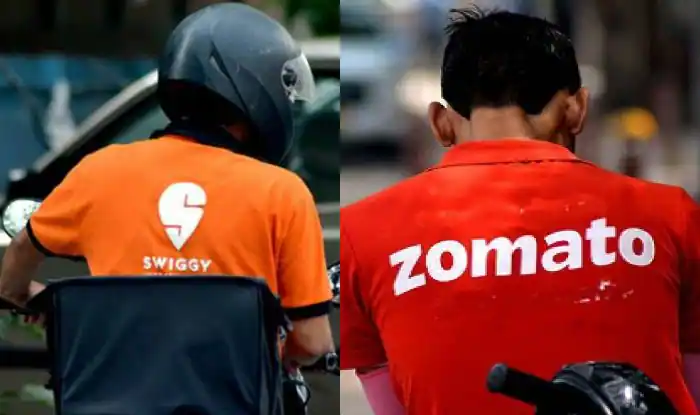
Which app has the most users?
Zomato led the industry with over 70% of users in the online meal delivery sector before the Covid lockdowns when it comes to app popularity. Swiggy and UberEats, on the other hand, have less than a 30% combined market share. The user bases of the players appear to have little overlap.
Swiggy, on the other hand, appears to have emerged stronger post-covid shutdown, with nearly the same market share as its rival Zomato (even after Zomato acquired UberEats!). Swiggy and Zomato shared around 13% of the same user base in 1Q21, according to our data.
So, why and how did Swiggy come out on top so quickly following the lockdown? As previously said, this is due to Swiggy aggressively decreasing its delivery charge compared to Zomato.
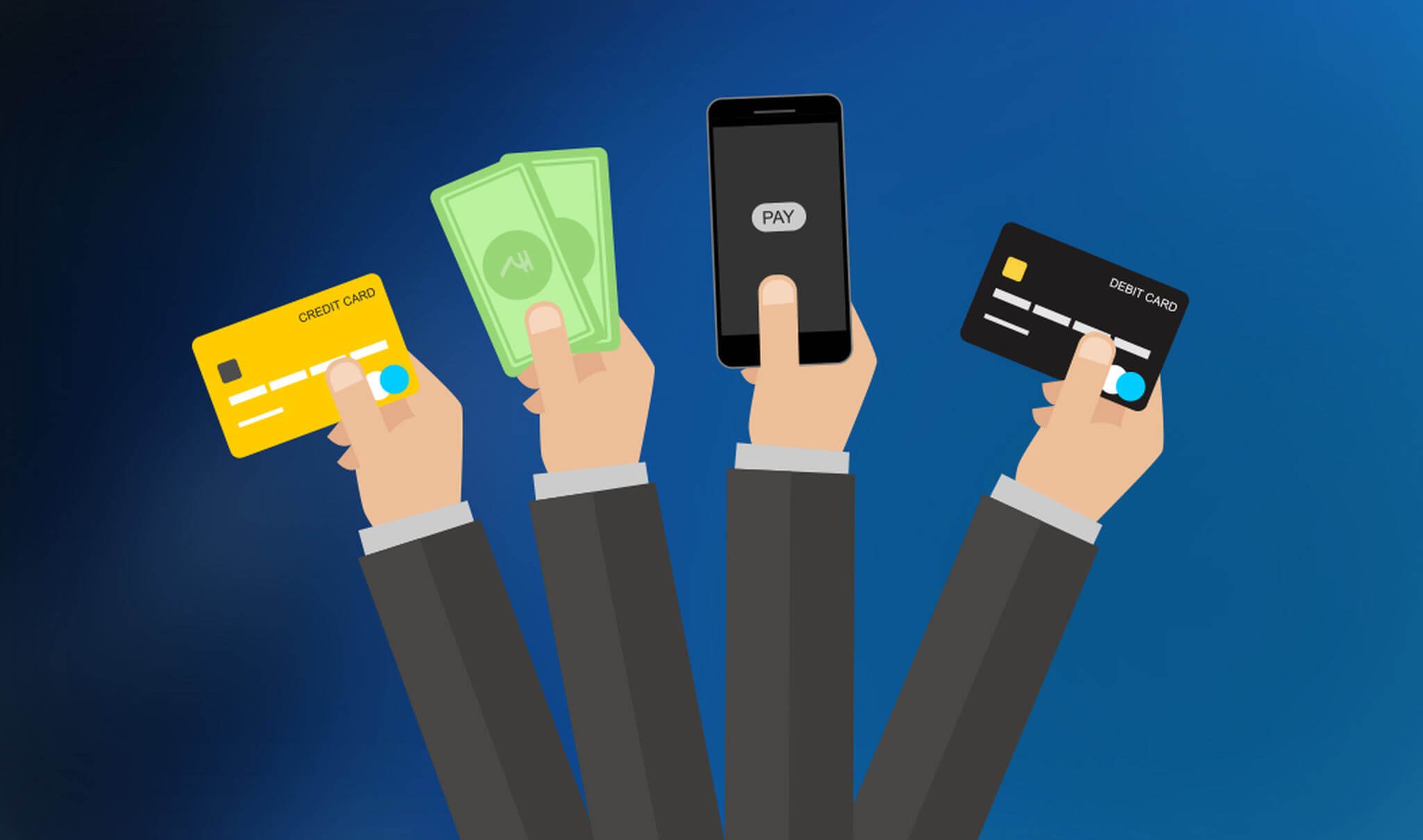
Methods of Payment
In terms of payment options, in the post-covid era, more consumers are opting to pay online using the app rather than using cash. Particularly in the second wave of covid (April-May 2021), there was a rapid increase in online payment methods instead of cash. What are the busiest hours for people to eat and the most popular dishes?
When it comes to Indians’ favourite foods, it appears that Chicken Biryani is the clear winner among the three contenders. Masala Dosa and Butter Naan are the following two items on the menu.
Conclusion
With substantial consolidation and large investments from tier-1 investors, the Indian online meal delivery business is undoubtedly witnessing revolutionary times. Swiggy and Zomato will continue to function as independent aggregators in the Indian meal delivery business, nearly like a duopoly. While both Indian food tech behemoths are rich with cash and have surpassed the $1 billion mark, the forthcoming battle isn’t so much about market share as it is about expanding into adjacent industries.
Both companies have different ideas about how to grow their company. Swiggy is going all-in and putting its energies into new non-food categories like Swiggy Go and Instamart, while Zomato focuses more on B2B services for restaurants.
Edited and published by Ashlyn Joy



